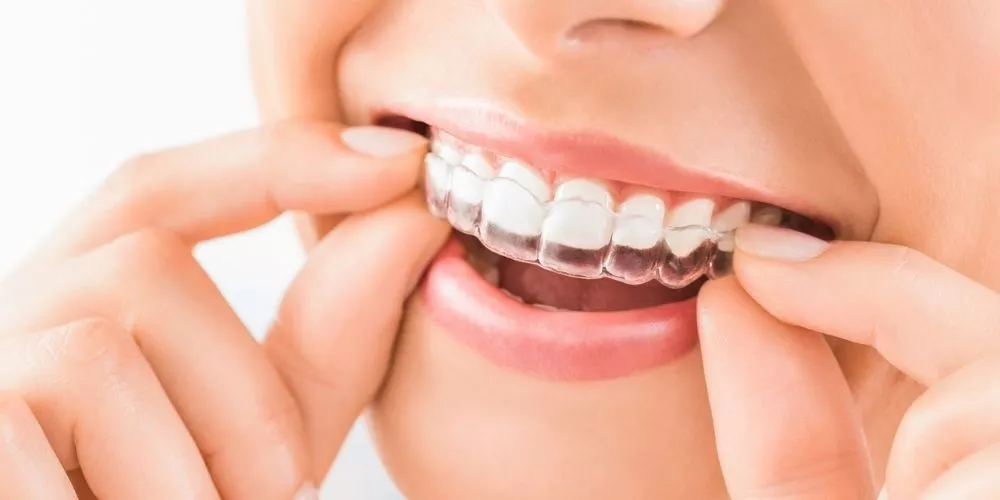In recent years, concerns about water quality have become increasingly prevalent, with a particular focus on lead contamination. Lead, a toxic metal, can leach into drinking water from various sources, including old plumbing systems and fixtures. Exposure to lead can have serious health implications, especially for young children and pregnant women. Therefore, it’s crucial for homeowners to prioritize lead water testing to ensure the safety of their drinking water.
Understanding the Risks of Lead Contamination
Lead is a naturally occurring element that was commonly used in household plumbing materials before its health risks were fully understood. While newer homes may have plumbing made from lead-free materials, older homes built before the 1980s are more likely to have lead pipes, solder, or fixtures. Even in newer homes, lead can still be present in fixtures or pipes imported from countries with less stringent regulations.
Health Effects of Lead Exposure
Exposure to lead, even at low levels, can have detrimental effects on health. In children, lead exposure can lead to developmental delays, learning difficulties, and behavioral problems. Pregnant women exposed to lead may experience complications such as miscarriage or premature birth. In adults, lead exposure can cause high blood pressure, kidney damage, and neurological issues.
The Importance of Lead Water Testing
Given the serious health risks associated with lead exposure, regular lead water testing is essential for homeowners. Testing kits are readily available and can provide peace of mind by identifying any potential lead contamination in the water supply. Additionally, many water treatment companies offer professional testing services to ensure accurate results.
Home Move-In Cleaning: A Step Towards Safe Living
When moving into a new home, it’s crucial to prioritize cleanliness and safety, especially concerning the water supply. Incorporating lead water testing into the home move in cleaning process is a proactive step towards ensuring a healthy living environment for you and your family. By addressing any potential lead contamination early on, you can prevent long-term health issues and enjoy peace of mind in your new home.
Steps for Lead Water Testing During Home Move-In Cleaning
- Gather the Necessary Supplies: Purchase a lead water testing kit from a reputable supplier or contact a professional water testing service. These kits typically include instructions and testing materials needed to collect water samples.
- Follow Testing Guidelines: Carefully follow the instructions provided with the testing kit to ensure accurate results. Most kits involve collecting water samples from various sources in the home, such as kitchen taps and bathroom faucets.
- Submit Samples for Analysis: Once you’ve collected the water samples, follow the kit’s instructions for submitting them for analysis. If using a professional testing service, they will typically provide instructions for sample submission and may offer expedited testing options for quicker results.
- Interpreting Results: Once the testing is complete, carefully review the results to determine the presence of lead in your water supply. If lead is detected, it’s essential to take immediate action to address the contamination and safeguard your health.
Addressing Lead Contamination
If lead is detected in your water supply during the testing process, there are several steps you can take to address the contamination:
- Replace Plumbing Fixtures: Consider replacing any plumbing fixtures or pipes that may be contributing to lead contamination. Opt for lead-free materials to ensure the long-term safety of your water supply.
- Install Water Filtration Systems: Investing in a water filtration system certified to remove lead can provide an additional layer of protection for your drinking water. Look for products that meet NSF/ANSI standards for lead removal.
- Flush Pipes Regularly: Flushing your pipes regularly can help reduce the concentration of lead in your water supply. Run cold water for at least 30 seconds to one minute before using it for drinking or cooking, especially if the water has been sitting stagnant in the pipes for an extended period.
Conclusion
Lead water testing is a crucial step in ensuring the safety of your drinking water, particularly when moving into a new home. By incorporating lead water testing into your home move-in cleaning routine, you can identify and address any potential lead contamination early on, safeguarding the health of your family. Don’t overlook this essential aspect of home maintenance—prioritize lead water testing today for a healthier tomorrow.




